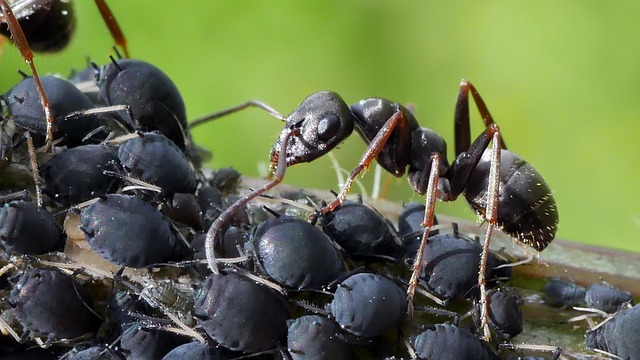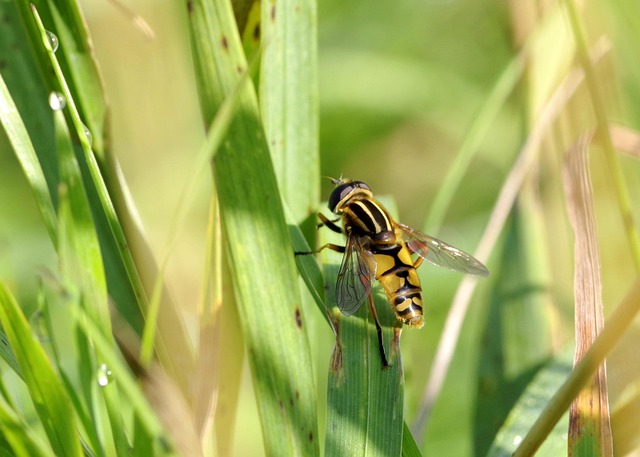
Unveiling the Secret World of Black Aphids: Nature’s Tiniest Troublemakers
In the lush tapestry of nature, myriad creatures exist, each playing a unique role in the grand scheme of life. Among these, the black aphid stands out as a subtle yet impactful player. Often overlooked, these tiny pests are nature’s tiniest troublemakers, wreaking havoc on gardens and crops alike. But what exactly makes them so special, and why should we pay closer attention to them?
The black aphid, scientifically known as Aphis fabae, is a small sap-sucking insect typically found on plants such as beans and other legumes. Their dark coloration allows them to blend in seamlessly with certain foliage, granting them a cloaked existence to avoid predators. However, this advantageous camouflage is not the only factor contributing to their success. These pests reproduce at an astonishing rate, often establishing colonies that can decimate entire patches of crops in a matter of days.
While their presence might ignite frustration among gardeners, it is essential to remember that black aphids are a mirror reflecting the health of our ecosystems. They are a food source for various insects, including ladybugs and lacewings, which feed on them and help maintain a balanced environment. This chain reaction highlights the intricate threads of life that connect animals, plants, and insects in a delicate dance of survival.
Nature, in its infinite wisdom, provides a natural equilibrium. When one species flourishes, others respond accordingly. This equilibrium is a testament to the resilience of nature, reminding us that even the tiniest creatures, like the black aphid, play a significant role. Observing their interactions with other insects and their impact on the plants they infest can offer valuable insights into the functioning of our ecosystems.
As we delve into the secret world of these tiny troublemakers, we may discover innovative ways to manage their populations. Natural predators can be encouraged, while resilient pest-resistant cultivated varieties may be planted to curtail their damage. Understanding the life cycle of black aphids empowers gardeners to strike a balance, protecting their beloved plants while honoring the roles that these pests play in the larger context of nature.
In the end, the narrative surrounding the black aphid is not merely one of destruction, but rather, it unveils a greater message about adaptation, coexistence, and the cycles of life. By observing, learning, and responding to their presence, we engage in a deeper connection with the natural world, fostering a sense of responsibility to preserve and protect the ecosystems we inhabit.


